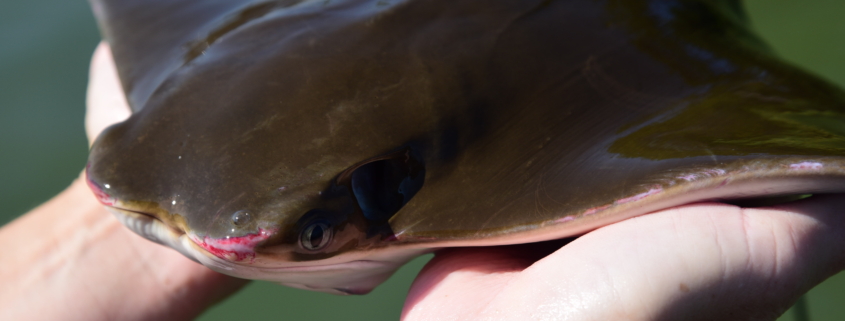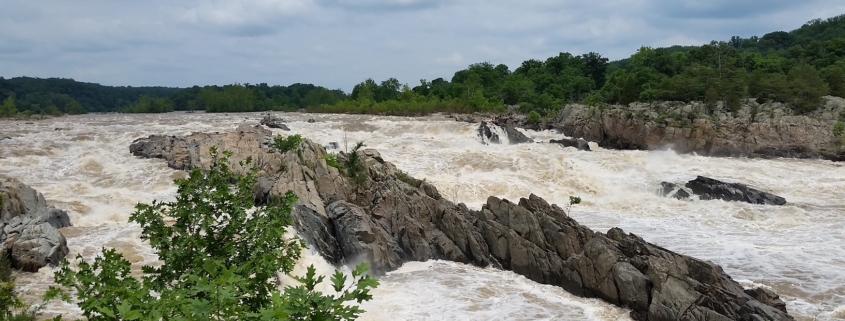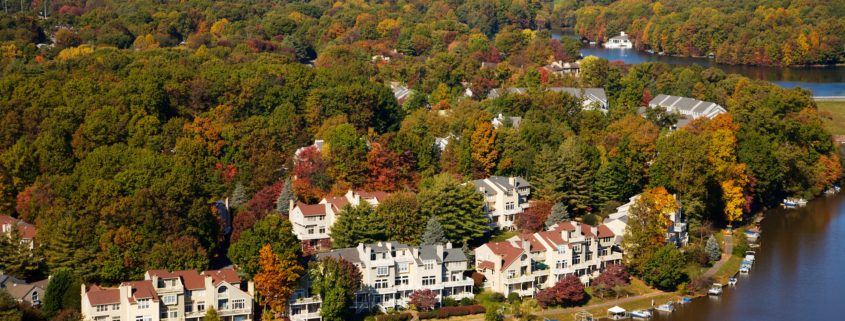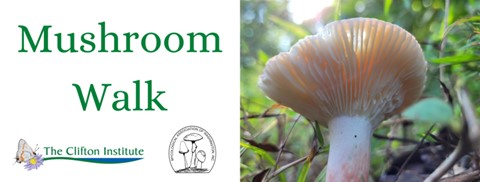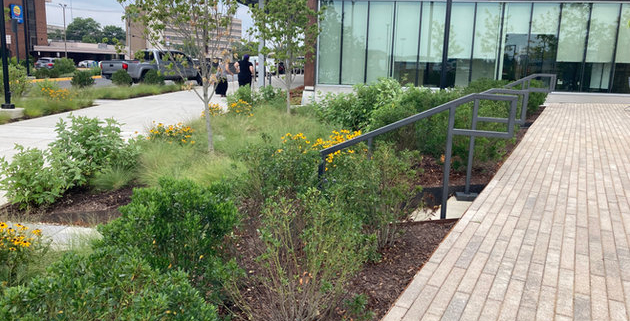FMN Joe Gorney Environmental Excellence 2023
On September 13th, the Fairfax County Office of Environmental and Energy Coordination (OEEC) announced the recipients of the 2023 Environmental Excellence Awards. The September Board of Supervisor’s newsletter referenced that since 2000, Fairfax County has issued the Environmental Excellence Awards to recognize county residents, county employees, businesses, and organizations who demonstrate extraordinary leadership within the community and exceptional dedication to the preservation and enhancement of the county’s natural resources. This year’s winners include a high school senior working on environmental stewardship, a small business reducing waste, a condo association safeguarding green spaces for its residents, and three county employees advancing sustainability practices.
FMN Joe Gorney was one of the three winners in the County Employee Category. Joe’s award profile stated that he is a Planner with the Department of Planning and Development, Environment and Development Review Branch. He works collaboratively with other county agencies on a diverse range of environmental review topics, working to create a sustainable future for residents and employees. He was the staff lead for the Environmental Plan guidance update for the Reston planning study, designating Reston as “biophilic” community.
With FMN Joe is a past President and currently teaches the “Personal Stewardship for the Land” module for FMN Basic Training Cohorts. He was part of a team that monitored 36 bluebird boxes at Twin Lakes for several years. He also helped establish the golf course as an Invasive Management Area (IMA) site and has now transitioned to IMA site leadership duties.
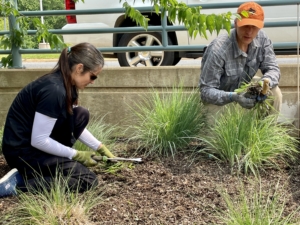
Joe Gorney and colleague Carley Aubrey working at Herrity Center – photo courtesy of Joe Gorney
In 2023 he has already volunteered over 40 hours in several categories on various Projects. In addition to the IMA site leadership role at Twin Lakes, he has been busy designing a couple of native plantings (see cover photo) at the Fairfax County Government Center (GC). He said, “We’ve already removed invasives around the GC Memorial area, which is an ongoing management process, and planted the area with natives. We’re also investigating planting 48 native trees around the GC Ellipse, which may happen in mid-October. I’m also inventorying landscape invasives around the GC, which are to be removed and replaced with natives, and designing other native tree plantings to the east of the GC. In addition to invasive pulls at the GC Memorial area, I’ve helped organize and participate in invasive pulls at the Herrity Building.” Joe also found time to be active on Audubon Home Ambassador projects and support FMN board with occasional admin duties.
Please join us in congratulating Joe on his well earned 2023 Environmental Excellence Award.



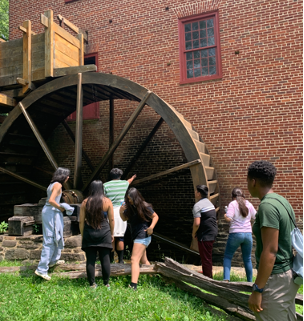
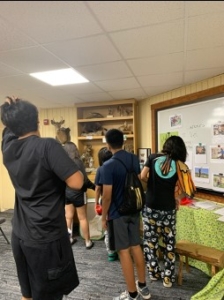

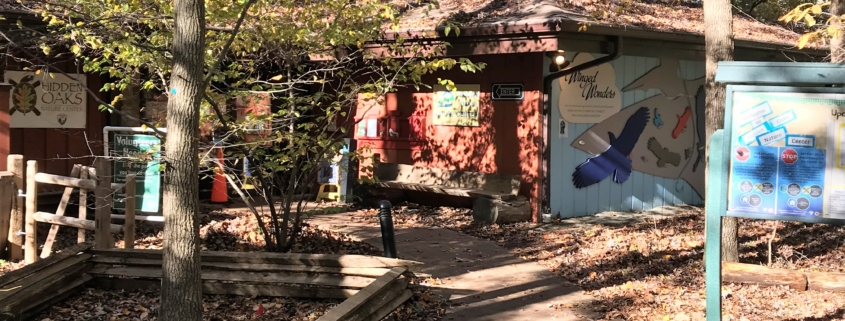 Jerry Nissley
Jerry Nissley
